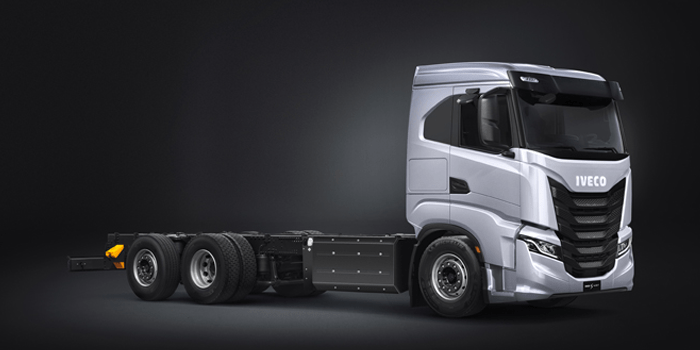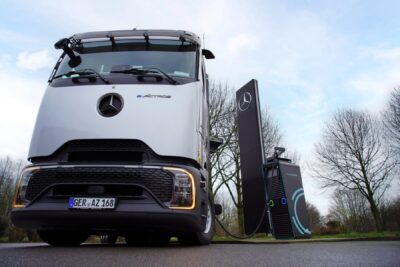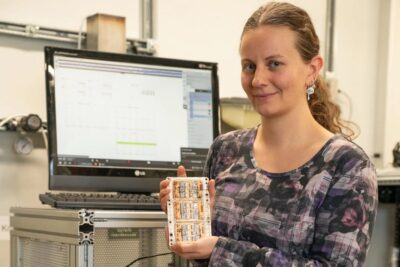EMPOWER: EU project to develop both BEV & FCEV truck
Austria’s Institute of Technology, AIT, has kicked off the new EU project EMPOWER. Over the next few years, the AIT and partners will work to develop two zero-emission 40-ton trucks. And here’s the challenge, EMPOWER will look into both battery-electric and fuel-cell electric drives.
EMPOWER is short for Eco-operated, Modular, and flexible multi-POWERtrain for long-haul heavy-duty vehicles and has a budget of €18 mn. The kick-off meeting recently occurred at the AIT headquarters in Vienna, attended by representatives of the 14 project partners.
Their mission is to develop two heavy-duty EVs. One is to allow a range of 750 km powered by hydrogen, and the other, powered solely by a battery, shall provide a range of 400 km.
Once done, the new vehicles must demonstrate their driving range and performance in five long-haul and regional distribution use cases, including cross-border corridors between European member states.
The other 13 requirements focus foremost on modularity. The vehicle, its high and low-voltage architecture, and the energy storage must all be modular. The fuel cell system is described as having high reliability and an extended operational lifetime. The drive axle must be geared for efficiency.
However, there is also a requirement outside the hardware, such as the new Human Vehicle Interface for optimised control of the vehicle systems. It is to feature Vehicle-to-Grid communication and eco-routing. The team also expects a fleet management system, an overall life cycle analysis and total cost of operation assessment and a green hydrogen infrastructure.
As for the AIT, they sign responsible for developing digital twin models for the simulative design and impact assessment of the measures to be implemented. The Institute will also implement a thermal management system by integrating key components of the truck, like fuel cells, batteries, power electronics, and the electric machine. The planned air conditioning concept uses the heat of the cabin waste air to either pre-cool or pre-heat the freshly supplied air. The additional integration of infrared panels is expected to reduce the energy demand for heating/cooling by up to 70% (especially at transition temperatures around +10 °C).
Project partners include IVECO and Air Liquide, likely to take on the H2 infrastructure, FPT Motorenforschung AG, IFP Énergies nouvelles, Politecnico di Torino, Istituto per Innovazioni tecnologiche Bolzano, Lead Tech, Villinger GmbH, Fundación CIDETEC, CT Engineering GmbH, Gruber Logistics, and Brembo, a brake specialist.





0 Comments